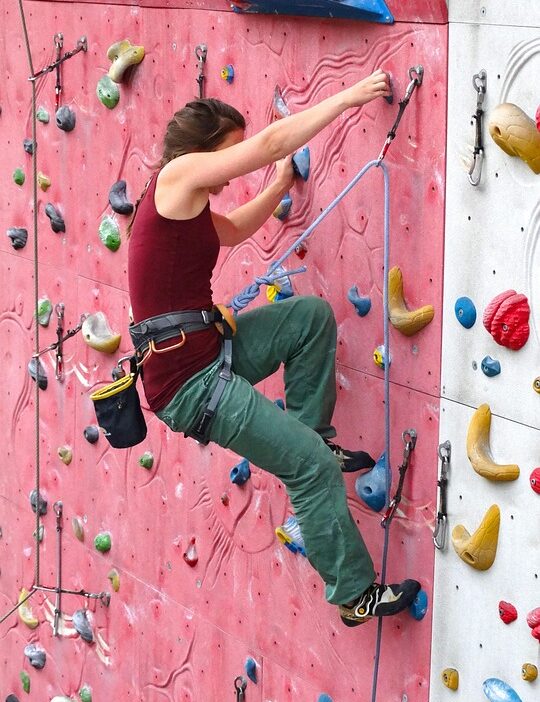Introduction
Traditional climbing, often referred to as "trad climbing," is a form of climbing that emphasizes using natural features of the rock for protection rather than relying on fixed anchors. This discipline melds physical prowess, technical skill, and a deep respect for nature. Its rich history and intricate techniques contribute to the allure and complexity of the sport. In this article, we explore the evolution of traditional climbing, its key techniques, and the spirit of adventure that drives climbers.
A Brief History of Traditional Climbing
The roots of traditional climbing can be traced back to the late 19th and early 20th centuries, with pioneers venturing into rugged terrains long before the invention of modern climbing gear. The likes of Sir Edmund Hillary and John Muir ushered in a new era of exploration, where the goal was not just to reach the summit but to appreciate the wilderness along the way.
In the 1950s and 60s, climbing began to evolve as enthusiasts sought to push the limits of what was possible. This period saw the introduction of various protective gear like nuts and hexes, which allowed climbers to place their protections within natural rock features. The ascent of notable routes such as the first free ascent of the iconic rock face of El Capitan in Yosemite marked watershed moments for the climbing community.
Techniques and Gear in Traditional Climbing
At its core, traditional climbing relies on a substantial understanding of gear placement and the rock’s characteristics. Here are some essential techniques and tools that define this art form:
1. Gear Placement
Trad climbers employ a variety of gear, including:
- Nuts (Wires): Thin metal pieces that can be wedged into cracks.
- Camming Devices: Also known as "cams," these devices expand when placed in a crack, providing secure anchorage.
- Hexes: Larger than nuts, hexes are used in wider cracks and can serve as both protection and anchors.
- Slings and Quickdraws: Used to connect the climber’s rope to protection, ensuring safety during ascents.
Mastering the intricacies of gear placement is vital; a proper placement can mean the difference between a secure ascent and a potentially dangerous fall.
2. Climbing Technique
Trad climbing relies heavily on technique, requiring climbers to possess:
- Footwork Skills: Precision in foot placement is crucial, particularly on challenging routes.
- Body Positioning: Understanding how to leverage body weight can drastically improve efficiency.
- Route Reading: Climbers must assess and visualize the path they will take, identifying possible placements for gear and the best holds.
The Philosophy of Traditional Climbing
Beyond the technicalities, traditional climbing is infused with a philosophy that celebrates nature, self-reliance, and adventure. Climbers often find themselves in remote locations, fostering a profound connection to the environment. The practice emphasizes minimalism, urging climbers to leave no trace and to respect the areas they traverse.
This respect for the environment fosters a strong community ethos, wherein experienced climbers mentor novices, sharing not only skills but also the principles of responsible climbing. The experience is about building bonds, whether with the rock, other climbers, or the landscape.
A Climbers’ Community
The spirit of traditional climbing is perpetuated through various communities and organizations. Clubs, competitions, and gatherings allow climbers to share their experiences, techniques, and the latest in gear innovations. These communities often foster environmental stewardship, advocating for the preservation of climbing areas, and working to maintain access and safety.
Conclusion
The art of traditional climbing is not merely a physical activity; it is a journey through history, technique, and philosophy. From its humble beginnings to its status as a thriving community, trad climbing captures the essence of adventure and the challenge of the natural world. As climbers continue to push their limits while respecting the environment and each other, they ensure that the legacy of traditional climbing will endure for generations to come. The mountains stand as timeless guardians, waiting for the next bold adventurer to engage with their ancient faces, protected and cherished through the art of climbing.



